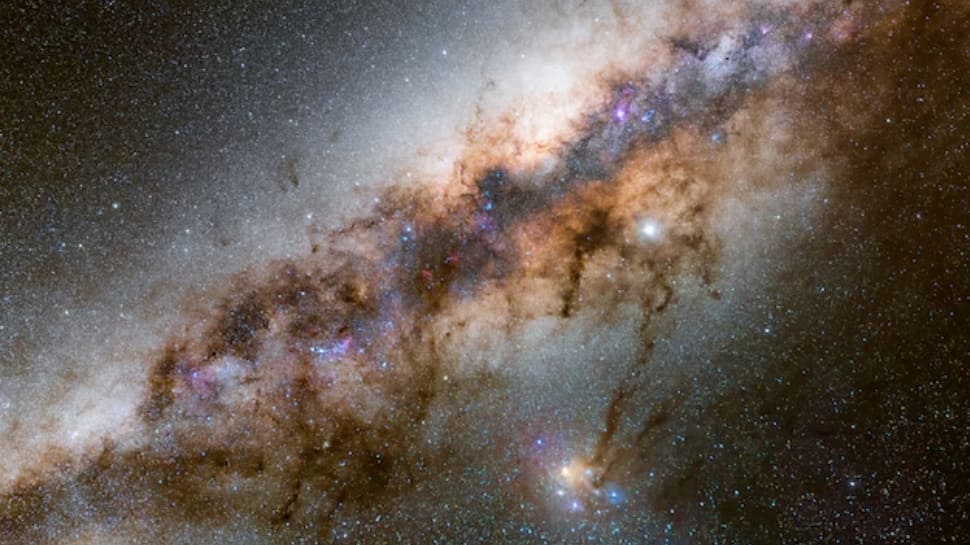Is the Mystery of Dark Matter Finally Unraveling? Shocking Discovery at the Milky Way's Core!











2025-10-19T04:02:07Z

For decades, dark matter has eluded scientists, taunting them with its invisible grasp on the universe. Imagine a force so powerful that it holds galaxies together and drives cosmic expansion, yet you can't see or touch it. Sounds like a sci-fi plot, right? Well, recent findings might just bring us a step closer to unveiling this cosmic enigma.
Researchers from Johns Hopkins University and the Leibniz Institute for Astrophysics have detected a faint gamma-ray glow emanating from the heart of our Milky Way. This might be the elusive signature of dark matter finally making itself known!
Using data from NASA’s Fermi Gamma-ray Space Telescope, which has been mapping cosmic phenomena since 2008, the scientists observed an eerie light that didn’t originate from any known celestial sources—no stars, no black holes, and definitely no cosmic dust.
After diving deep into the data, the team proposed two possible explanations for this mysterious glow: could it be emitted by dying stars, or is it a sign of dark matter particles colliding? If the latter holds true, we could be on the brink of the first concrete evidence for dark matter, a discovery that might revolutionize our understanding of the universe.
Professor Joseph Silk, a key figure in the study published in the prestigious Physical Review Letters, emphasized the significance of this find: “Dark matter dominates the universe and holds galaxies together. The gamma rays we’re observing at the center could be our first clue.” It’s staggering to think that dark matter constitutes about 85% of the total matter in the universe, yet remains completely undetectable by conventional means.
For years, astronomers have sensed an unseen force influencing star and galaxy movements, but proof has been elusive. In their quest for answers, the researchers constructed a sophisticated model of dark matter distribution across the Milky Way using a supercomputer, and to their astonishment, the patterns matched almost perfectly with the gamma-ray data.
“The Milky Way formed from a vast cloud of dark matter,” Professor Silk elaborated. “As the galaxy evolved, dark matter from other systems likely drifted inward, increasing the potential for collisions that release gamma radiation.”
Despite this groundbreaking discovery, the debate continues. Some scientists argue that the gamma rays could be the result of dying stars or pulsars—those highly magnetic remnants of massive stars. To put this theory to the test, researchers are looking forward to the Cerenkov Telescope Array, currently under construction in Chile. Once operational, it will be the world’s most powerful gamma-ray telescope, potentially confirming if this glow is indeed the evidence we’ve been waiting for.
If verified, this revelation could herald a new era in our understanding of astronomy, answering questions that have stumped scientists for nearly a century. This mysterious glow might very well be the first sign of a cosmic giant that has silently shaped the universe since the dawn of time.
 Lars Andersen
Lars Andersen
Source of the news: Zee News